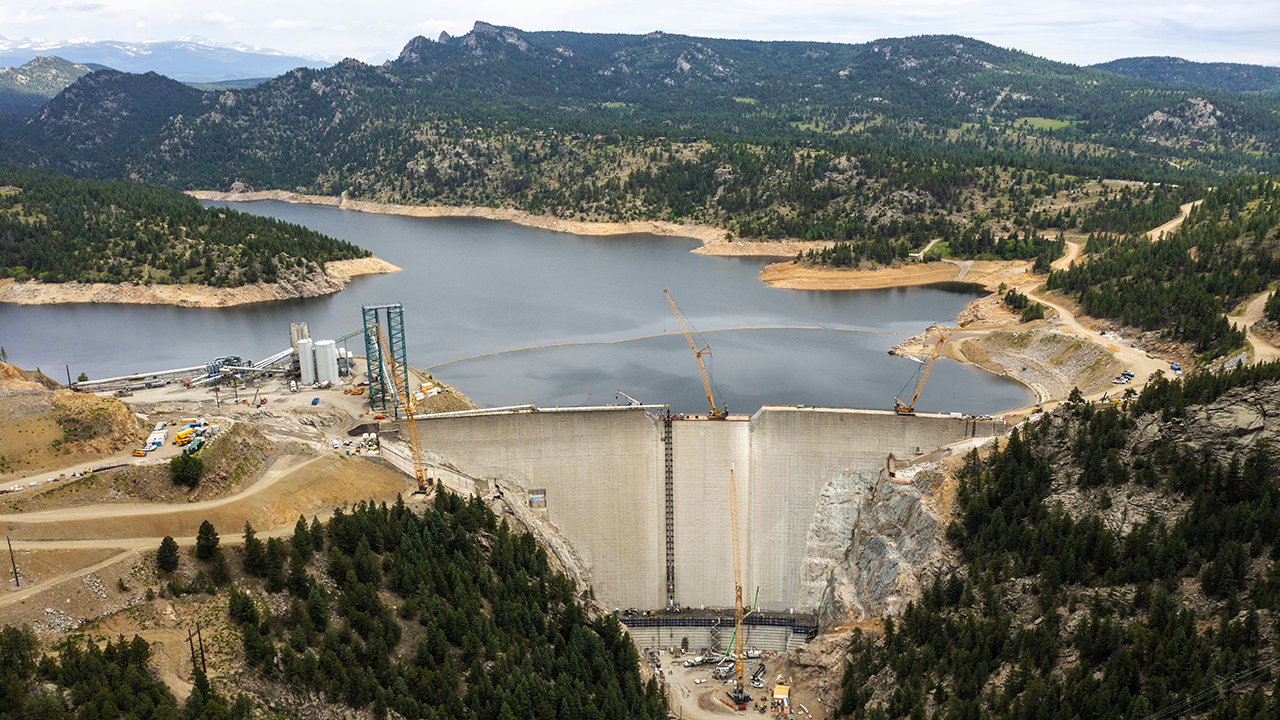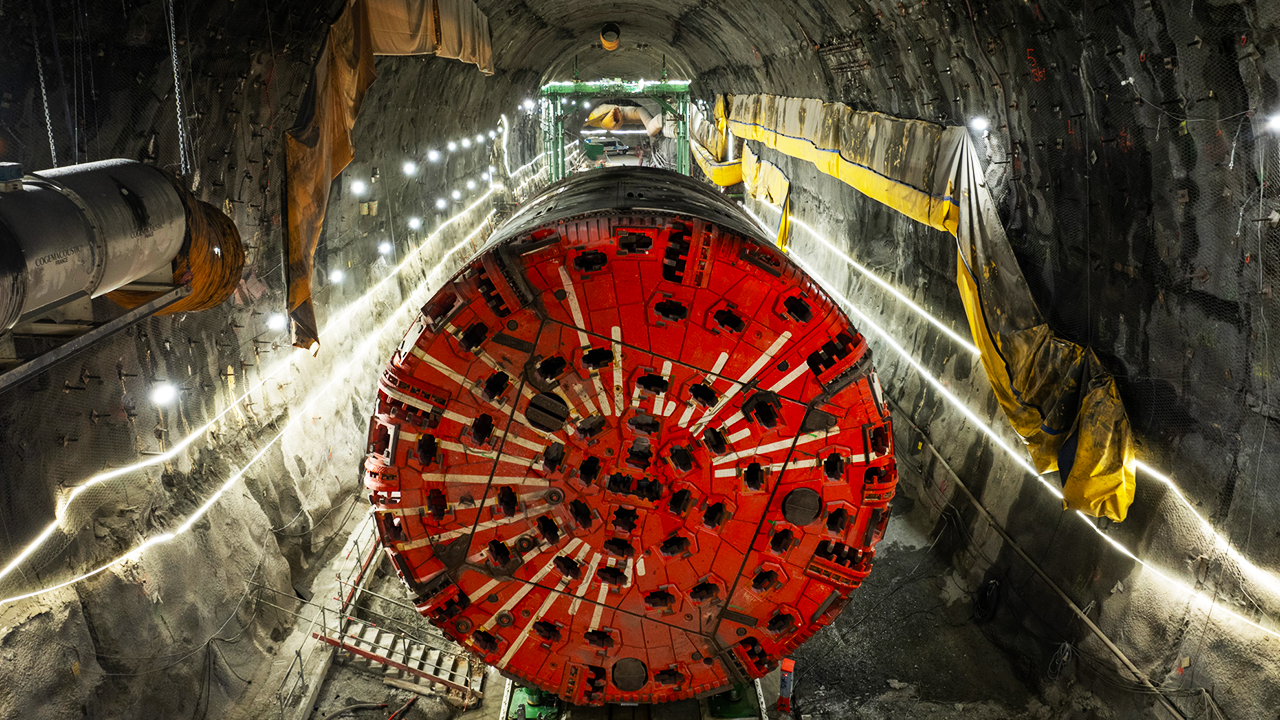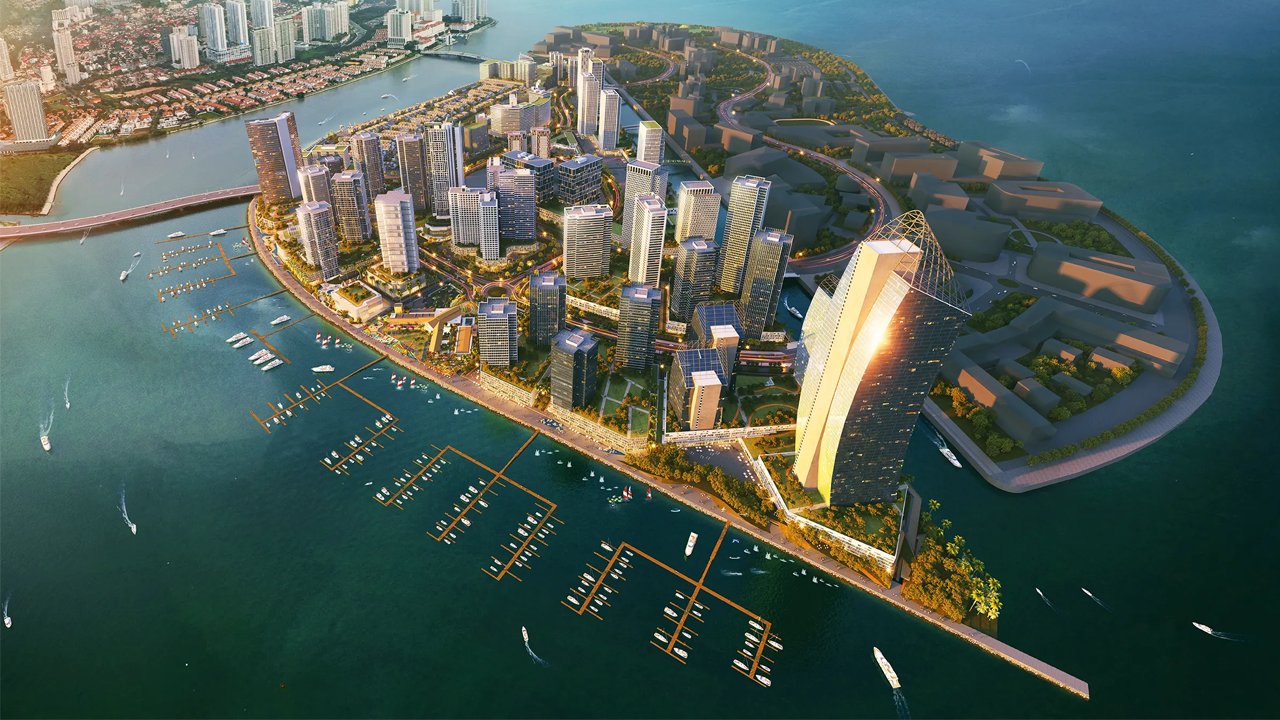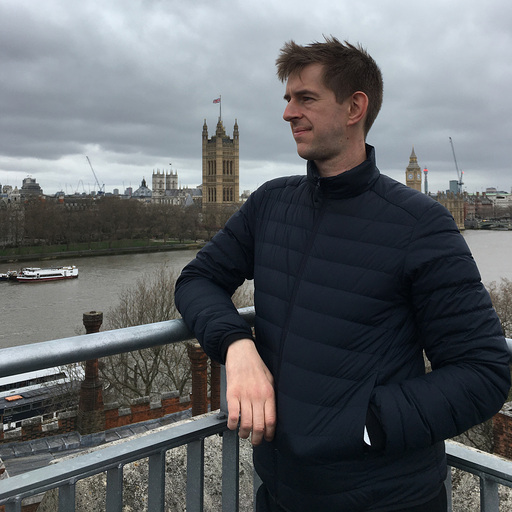How Japan Earthquake Proofed the World’s Tallest Tower
- Youtube Views 447,254 VIDEO VIEWS
Video hosted and narrated by Fred Mills. This video contains paid promotion for Brilliant.
AT 634 METRES tall, the Tokyo Skytree stands as a beacon of modern engineering, a symbol of Tokyo’s resilience in the face of natural challenges. As the third-tallest free-standing structure in the world, it offers visitors breathtaking views from its Tembo Deck, a platform perched 350 meters above the city. For those who dare, the Tembo Galleria, an additional 100 meters higher, provides an even loftier perspective.
But beyond its role as a tourist magnet, the Skytree is an engineering triumph designed to withstand some of the most extreme forces of nature. Tokyo, situated in one of the most seismically active regions on Earth, experiences earthquakes with unsettling regularity—seismic activity is recorded in Japan roughly every five minutes. Yet, the Skytree is built not just to survive but to thrive under these conditions.
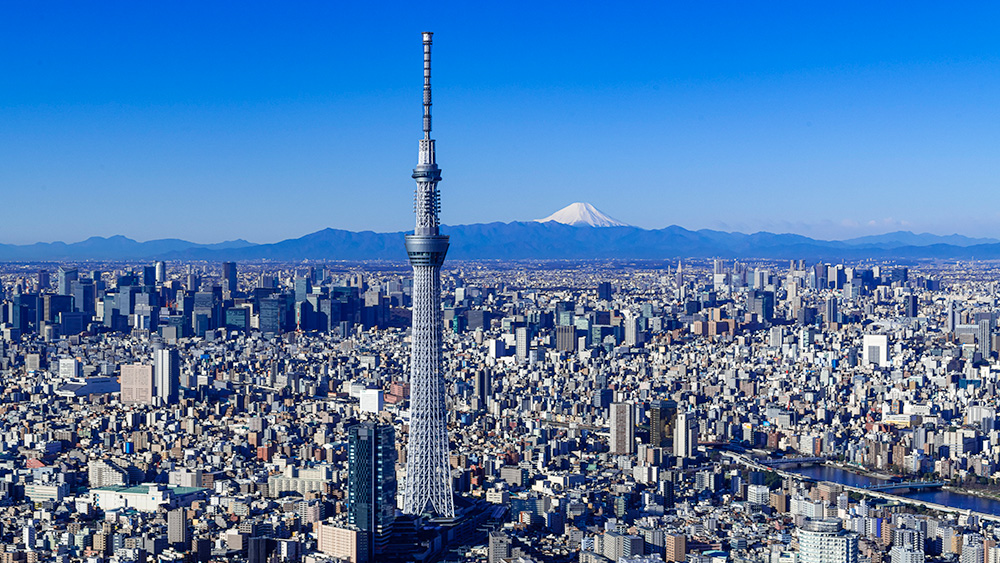
Above: The Tokyo Skytree.
The Skytree’s earthquake resilience owes a nod to Japan’s architectural history, particularly the ancient pagodas. Take the Hōryū-ji temple in Ikaruga, one of the oldest wooden structures in the world. Despite enduring centuries of earthquakes, its ingenious design has kept it standing since its construction in 711.
The secret lies in its flexible wooden joints and the shinbashira, a central pillar that helps absorb and dissipate seismic energy. Inspired by this ancient innovation, the Skytree incorporates a modern equivalent: a massive reinforced concrete core that acts as its own shinbashira.
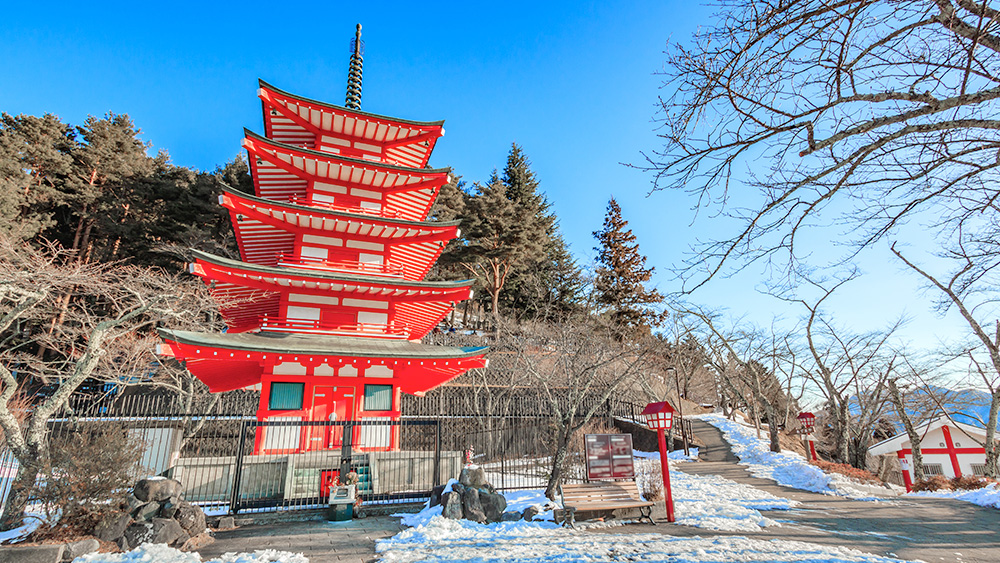
Above: Many Japanese pagodas have survived centuries, despite the threat of earthquakes.
The Skytree’s stability begins underground. Its triangular base design, akin to the CN Tower and Burj Khalifa, anchors the structure with three clusters of deep wall pile foundations. These are driven 50 meters into the earth, supported by reinforced concrete walls that create friction to counteract forces from wind and seismic activity.
Wind is another formidable challenge for tall structures. Drawing lessons from the Eiffel Tower and Toronto's CN Tower, the Skytree’s triangular base transitions into a rounded shape as it rises, optimizing aerodynamics. The tower's outer steel lattice, made of high-strength steel pipes up to 2.3 meters wide, provides further stability.
To counteract vibrations, the Skytree employs a sophisticated vibration control system.
Its inner shinbashira is structurally separate from the steel truss exterior, allowing it to sway independently and cancel out earthquake-induced movements. An oil damper system between the core and the outer structure absorbs up to 50 percent of the earthquake’s energy.
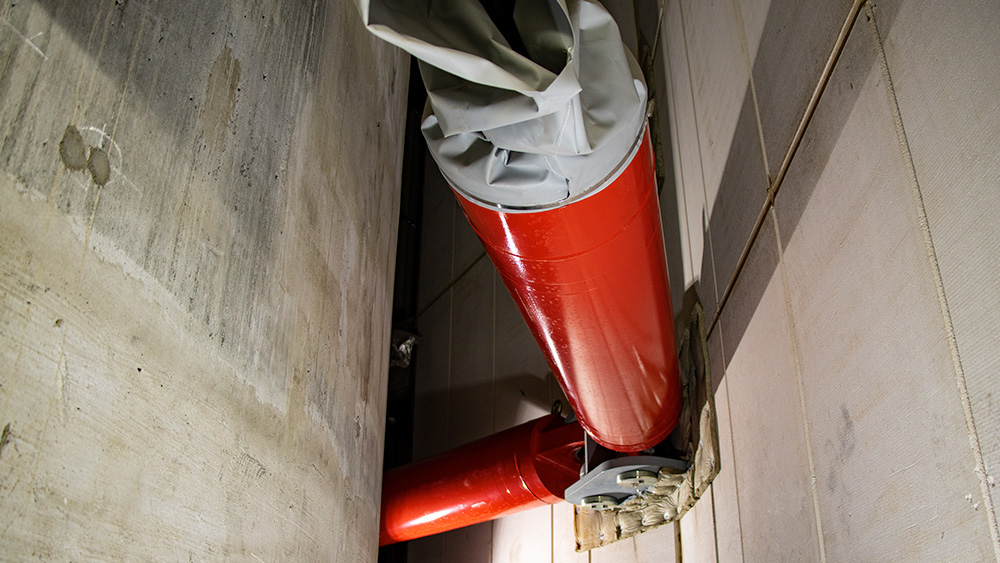
Above: An oil damper inside the Skytree. Courtesy of Tokyo Skytree.
At its very foundation, the Skytree rests on seismic base isolators—massive rubber pads 1.4 metres thick. These isolators allow the tower to flex without damage during an earthquake.
High winds pose a threat to the Skytree’s broadcasting masts, crucial for Tokyo’s disaster response system. To ensure stability, the Skytree employs two tuned mass dampers, located at 620 and 625 meters. These devices use massive weights to sway at opposing frequencies to the wind’s resonance, reducing vibrations and protecting the tower’s antennae.
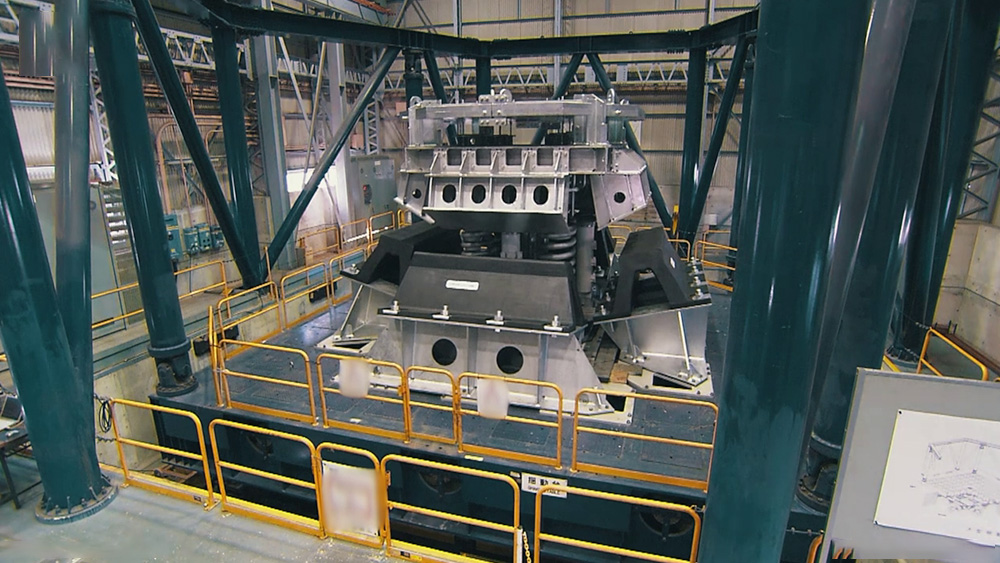
Above: The Tokyo Skytree's tuned mass damper in testing. Courtesy of Tokyo Skytree
Tokyo’s Skytree is more than a feat of modern engineering—it’s a testament to human determination to overcome nature’s greatest challenges. In a city threatened by earthquakes, typhoons, floods, and even volcanic eruptions, the Skytree rises as a symbol of resilience and innovation.
This remarkable structure not only provides a panoramic view of one of the world’s most vibrant cities but also stands as a beacon of safety, stability, and engineering brilliance. In Tokyo, where the ground may tremble, the Skytree remains unshaken.
This video and article contain paid promotion for Brilliant. To try everything Brilliant has to offer for free for a full 30 days, visit https://brilliant.org/TheB1M/ you’ll also get 20% off an annual premium subscription.
Video narrated and hosted by Fred Mills. Additional footage and images courtesy of Tokyo Skytree
We welcome you sharing our content to inspire others, but please be nice and play by our rules.
